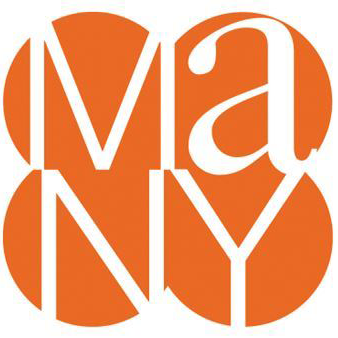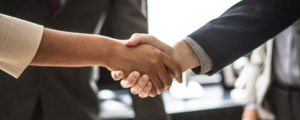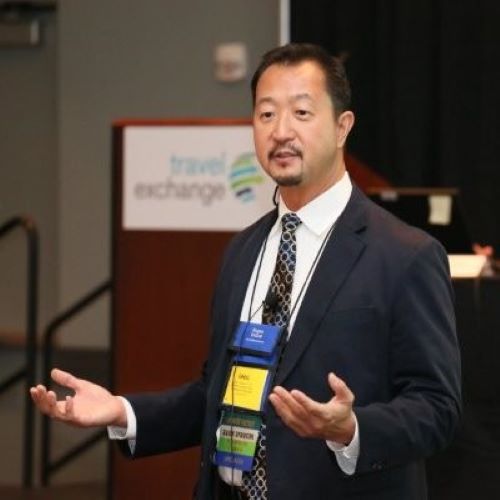2019 MANY Conference Series Episode 2
Episode 127
We recently attended the 2019 Museum Association of New York annual conference and spoke with attendees from all over New York State representing all types of museums and cultural institutions. I talked with folks from 21 different museums and cultural institutions about how they are creating inclusive environments, attracting new audiences and fitting within the tourism fabric of their community. We used these great insights to create another Museum Series (see last year’s series here) with five episodes filled with knowledge. Through this series, I hope you will find a new perspective on this important segment of the tourism industry.
In this episode, I share my conversations with:
- Samantha Hall-Saladino, Executive Director of the Albany County Historical Association
- Amy Weinstein, Vice President of Collections & Oral History of the 9/11 Memorial & Museum
- Beth Hill, President and CEO of Fort Ticonderoga
- Joshua Voda, Public Affairs Officer of the Smithsonian’s National Museum of the American Indian
- Araya Henry, Manager of Youth and Family Programs at The Hudson River Museum
What You Will Learn in This Episode:
- How the Albany County Historical Association is making efforts to become more inclusive by including the stories of the slaves and, later, the immigrant domestic servants who lived in the historic home
- How the 9/11 Memorial and Museum works to honor all who lost their lives in the September 11th, 2001 terrorist attacks as well as the February 26, 1993, World Trade Center attack, and to preserve the history of those significant events
- How Fort Ticonderoga works to provide a remarkable two-day destination experience for its visitors, and to promote education and the preservation of its historical heritage and military significance while supporting the region economically
- How the National Museum of the American Indian established in 1916 became a part of the Smithsonian in 1989, and how its mission is to both preserve the history of Native Americans as well as to educate people about Native American life today
- How the Hudson River Museum hosts numerous events dedicated to the arts and sciences within the historic home, planetarium, amphitheater, and galleries devoted to arts and environmental sciences
The Albany County Historical Association
Samantha Hall-Saladino shares the history of the Albany County Historical Association, housed in a historic home in Albany, New York. She discusses the efforts the Association is making to promote inclusivity by telling the stories of the slaves and immigrants who at one time lived in the home. She discusses the difficulty of making the entire house accessible for everyone and shares details of the virtual tour that will allow guests to view the second floor of the home in a virtual setting if they are unable to go to the second floor in person. She shares efforts to attract new audiences to the site, including key cross-promotion partnerships. She discusses exciting future opportunities for the mansion to continue its growth and community engagement.
The 9/11 Memorial and Museum
Any Weinstein shares the mission of the 9/11 Memorial and Museum to honor the lives lost in the terrorist attacks as well as to document and preserve the story of those attacks. She shares how the Memorial is working to honor all of the first responders and others who became sick due to chemical exposures on that day, as well as anyone who helped with the city of New York’s recovery efforts. She shares how inclusivity has always been a part of the Memorial as people from all walks of life were affected by the terrorist attacks. She shares details of their new Memorial Glade and its designers, and the symbolism surrounding it. She discusses maintaining the Memorial as a place of honor and as a reminder of the past. She talks about the upcoming 20-year anniversary of the attacks that will take place in 2021, and she shares how the staff has been discussing plans to commemorate the significant date.
Fort Ticonderoga
Beth Hill shares the historical significance of Fort Ticonderoga and discusses their efforts to preserve the Fort as an important site of military history. She discusses the unique upcoming opportunity Fort Ticonderoga will have to celebrate the 250th anniversary of the founding of the United States. She shares how Fort Ticonderoga is working to create programs dedicated to women and people of color who served in the military, and she talks about why accessibility and inclusion have been of vital importance to their work. Beth discusses why families, not history buffs, are their largest audience, and she talks about building marketing and programs around visiting families. She shares some of the audience outreach work the Fort has been doing. She discusses the Fort serving as a major tourism anchor for the region and shares the economic impact the Fort has brought to the region, and she shares the importance of supporting the local community’s infrastructure development and the partnership opportunities that has brought. She shares future opportunities to expand the reach of Fort Ticonderoga.
The Smithsonian’s National Museum of the American Indian
Joshua Voda outlines the history of the Museum of the American Indian and explains why one of its important missions is to remind people that, while the history of Native Americans is a rich one, Native American life continues today and isn’t entirely represented by the history we know. Joshua discusses the role inclusivity plays in the mission of the museum, and he shares how the museum works to dispel stereotypes and steer people toward a better understanding of the impact Native Americans have had on all aspects of American history. He shares efforts the museum has made to attract new audiences, including opening the new STEM-focused “Imaginations Activity Center.” He shares details of an exhibit the museum is working on to showcase the Native American history of the New York area. He discusses outreach efforts to help teachers bring knowledge from the museum directly into their classrooms.
The Hudson River Museum
Araya Henry shares the many diverse and multi-disciplinary functions the Hudson River Museum serves, dedicated to both art and science. She outlines inclusivity efforts the museum makes through programs dedicated to teens of all ethnic, educational and economic backgrounds. Araya shares partnership efforts the museum is making to build their audience, including collaborations with nearby museums and cultural sites for cross-promotion and with local businesses to offer mutual discounts. She shares the future opportunities the future is looking to, including working with the local school system and becoming a part of the curriculum for local students. She discusses the local LGBTQ+ Advisory Board and the opportunities for partnerships and promotion that it represents for the museum.
Overview
Each of these organizations has turned to marketing and partnership opportunities as a crucial component to fuel their growth and reach. Working with area schools and offering new educational opportunities has been one avenue for success for many of these museums and historical sites. Developing and promoting inclusive programs and reaching out to different groups of people from all backgrounds have been equally important. A prevailing theme from each of these conversations is that travel and tourism sites such as museums, historical and cultural organizations can only benefit from working together, and the region-wide travel and economic impact these partnerships can create are dramatic and beneficial for everyone.
Resources:
- Albany County Historical Association’s Ten Broeck Mansion website: www.tenbroeckmansion.org
- The 9/11 Memorial & Museum website: www.911memorial.org/museum
- Fort Ticonderoga website: www.fortticonderoga.org
- National Museum of the American Indian website: https://americanindian.si.edu/
- The Hudson River Museum website: www.hrm.org
We value your thoughts and feedback and would love to hear from you. Leave us a review on your favorite streaming platform to let us know what you want to hear more of. Here is a quick tutorial on how to leave us a rating and review on iTunes!








